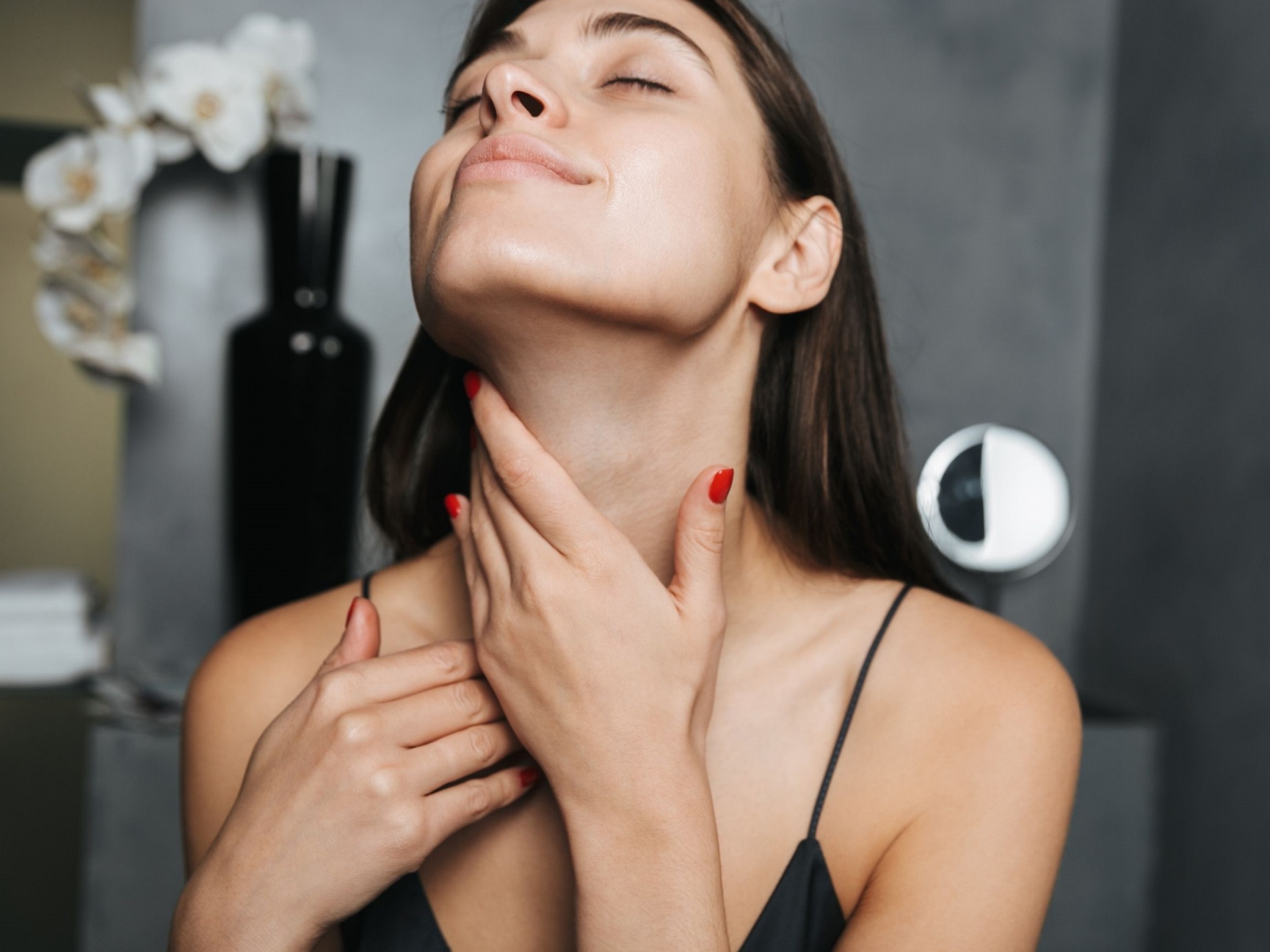
Learning What the Skin Care Ingredient Lanolin Does
For those of us who deal with dry skin—whether it be year-round or only during the colder months—we all know that finding moisturizing products with active ingredients can sometimes be easier said than done. This is where lanolin comes in—an underrated component that soothes and prevents dry, chapped skin while restoring much-needed moisture.
We tend to be intrigued by any ingredient that can assist our skin in getting through the cold, dry winter months. We’re pleased to say that lanolin may be the ingredient that your skin has been asking for.
Keep scrolling to learn more about this powerhouse skincare ingredient.
What Is Lanolin?
Before we get into the logistics, let’s talk about the origin of this powerhouse ingredient. Lanolin is an oil produced by sheep and can be found in their shorn wool. This beneficial oil keeps their wool coats waterproof and deodorized. In its pure form, it looks like a yellow-colored, waxy substance. Despite its oily nature and power to keep skin hydrated from the outside in, it won’t clog pores.
It’s soothing for dry, chapped skin and also protects against cold, harsh weather conditions. Lanolin’s coating effect keeps moisture from being drawn out while also allowing the skin to breathe, making it a winter skin wonder.
Lanolin has been used since ancient Greek times and is a multi-faceted asset that is becoming more popular when formulating moisturizing skincare products. Since it is an emollient ingredient, lanolin is an excellent option for sealing moisture into the skin—making it perfect for the winter months. This potent component is derived from oil secreted by sheep to condition their wool. Lanolin is then collected when the wool is sheared, so it often gets a bad rap for being received from an animal source.
It has been classified as an emollient, which means that it traps in moisture and reduces the skin’s overall moisture loss. Emollients are typically used during the treatment of dry, itchy, or scaly skin conditions. In addition to its many skin benefits, lanolin is also used as a nipple ointment for sore nursing mothers, is included in diaper rash creams for babies, and is an ingredient in many lip balms.
Benefits of Lanolin for Skin
Every dry skin woe—from tight, cracked skin, to rough, scaly patches—benefits from Lanolin.
Lightweight: Lanolin forms a non-occlusive barrier, which means it doesn’t smother the skin or feel too heavy.
Incredibly healing: Its emollient properties soften and heal aggravated areas by forming an oily layer on the top of the skin. Those with dry, scaly patches are likely to find relief.
Retains moisture: Lanolin can hold up to twice its weight in water, which means it’s fantastic at keeping moisture trapped within the skin. Its emollient nature makes it a key ingredient in many face creams, as it amps up the moisturizing properties of other ingredients. It is widely prevalent in skin care for its emollient and film forming properties as it has a waxy feel to it. It has been used for its moisturizing, smoothing, humectant, and emulsifying properties in thick creams for face and body.
Reduces the appearance of fine lines and wrinkles: Since lanolin does retain so much moisture, it tends to plump the skin and fill in fine lines and wrinkles, which makes it successful when formulating anti-aging products.
Heals chapped lips: Lanolin can penetrate the moisture barrier of the lips, as opposed to just sitting right on top. This makes it an excellent option for healing dry, chapped lips. Lanolin is also featured in many overnight lip masks—giving you plump, hydrated lips while you sleep.
Side Effects of Lanolin
If you are allergic to wool, you should steer clear of lanolin, since it is wool-derived. You should also avoid lanolin if you have congested pores. If you have blocked pores or problem skin, I would avoid using any products containing lanolin on your skin.
Lanolin can be irritating to sensitive skin types and may cause allergic reactions on cracked skin, as it is an occlusive. Lanolin Alcohol is the primary ingredient used in skin care. It’s mostly used in medicated ointments for cracked skin, eczema, burns and scrapes and many other conditions, however, rather than healing, it can cause severe allergic reaction due to its occlusive nature and being slightly comedogenic. Those with oily skin can also benefit from lanolin but may want to apply it in sparse amounts to avoid an overproduction of oil. You can prevent widespread allergic reactions and product sensitivities by doing a patch test.
How to Use It
The correct way to utilize lanolin varies, depending on the product that the ingredient is featured in. Make sure to correctly read the instructions and always perform a patch test before adding any new products to your regular skincare routine.
In general, lanolin can be used daily and is found in many different skincare products and formulations. You will more than likely reap the most benefits by applying your chosen product and leaving it on overnight—or for an extended period—as lanolin penetrates the skin to aid in moisture retention.
The Best Products with Lanolin
In addition to pure lanolin, many moisturizing cosmetic products on the market incorporate it as an ingredient, including lip balms, cuticle creams, and more. Since your options are endless, make sure to read the ingredients label on your skin care products for it!
If you have any questions about this or what skin care ingredients you should use for your skin type, our expert esthetician’s at Botanica Day Spa can answer any of them during a facial consultation! Call 727-441-1711 today.
Love,
Gen



Leave a Reply